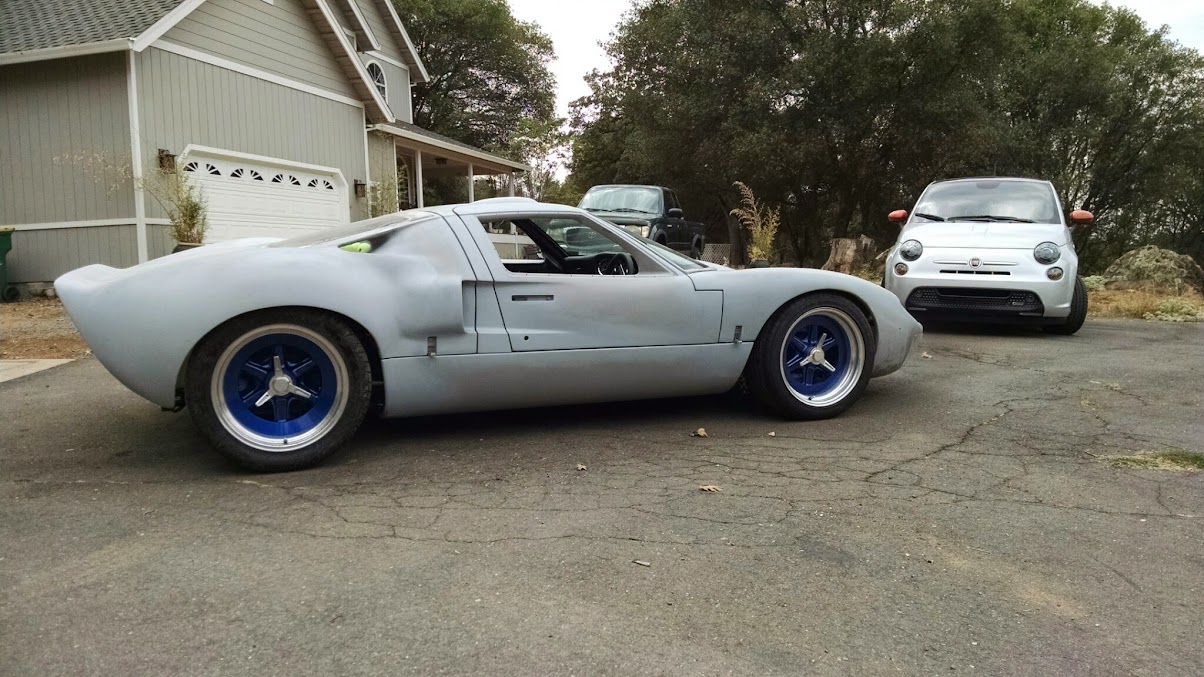Spent several hours going over the wiring manual and then laying out the main, dash and engine harness.
Mark had mentioned that he/we were lucky enough to be the very last ones to get a harness that had some issues(remember this was when RF was under different ownership) with some wires not going to where they need to be. Some of them being way short. It appears to be in the fuel pump/engine area of the harness.
After spending some time checking it out, its not going to be a big deal. After the wiring Ive had to do in previous projects it should be cake, although it will probably take an afternoon to fix.
David
Mark had mentioned that he/we were lucky enough to be the very last ones to get a harness that had some issues(remember this was when RF was under different ownership) with some wires not going to where they need to be. Some of them being way short. It appears to be in the fuel pump/engine area of the harness.
After spending some time checking it out, its not going to be a big deal. After the wiring Ive had to do in previous projects it should be cake, although it will probably take an afternoon to fix.
David
Last edited:
























